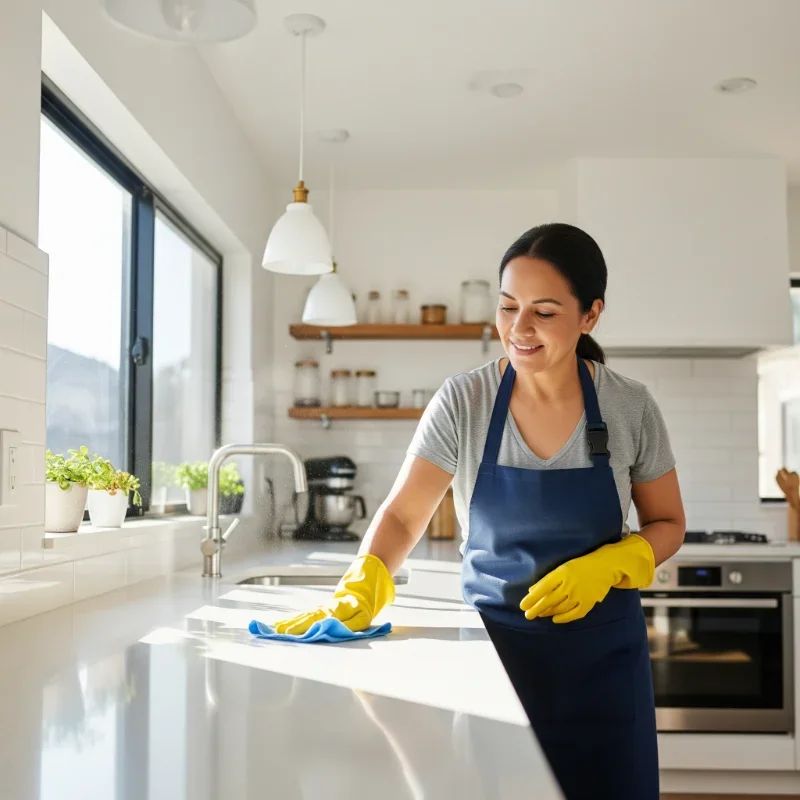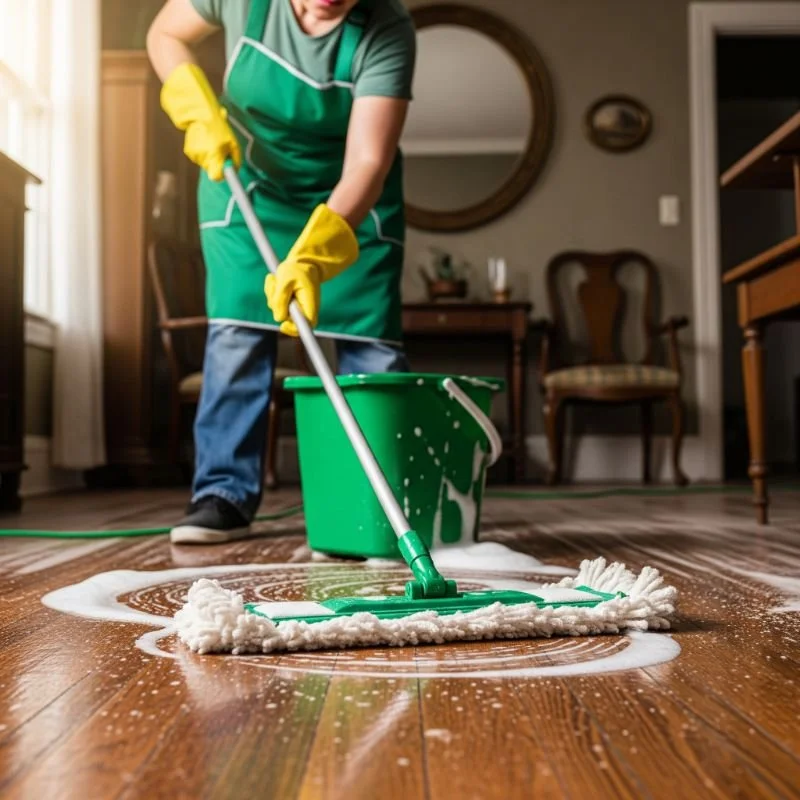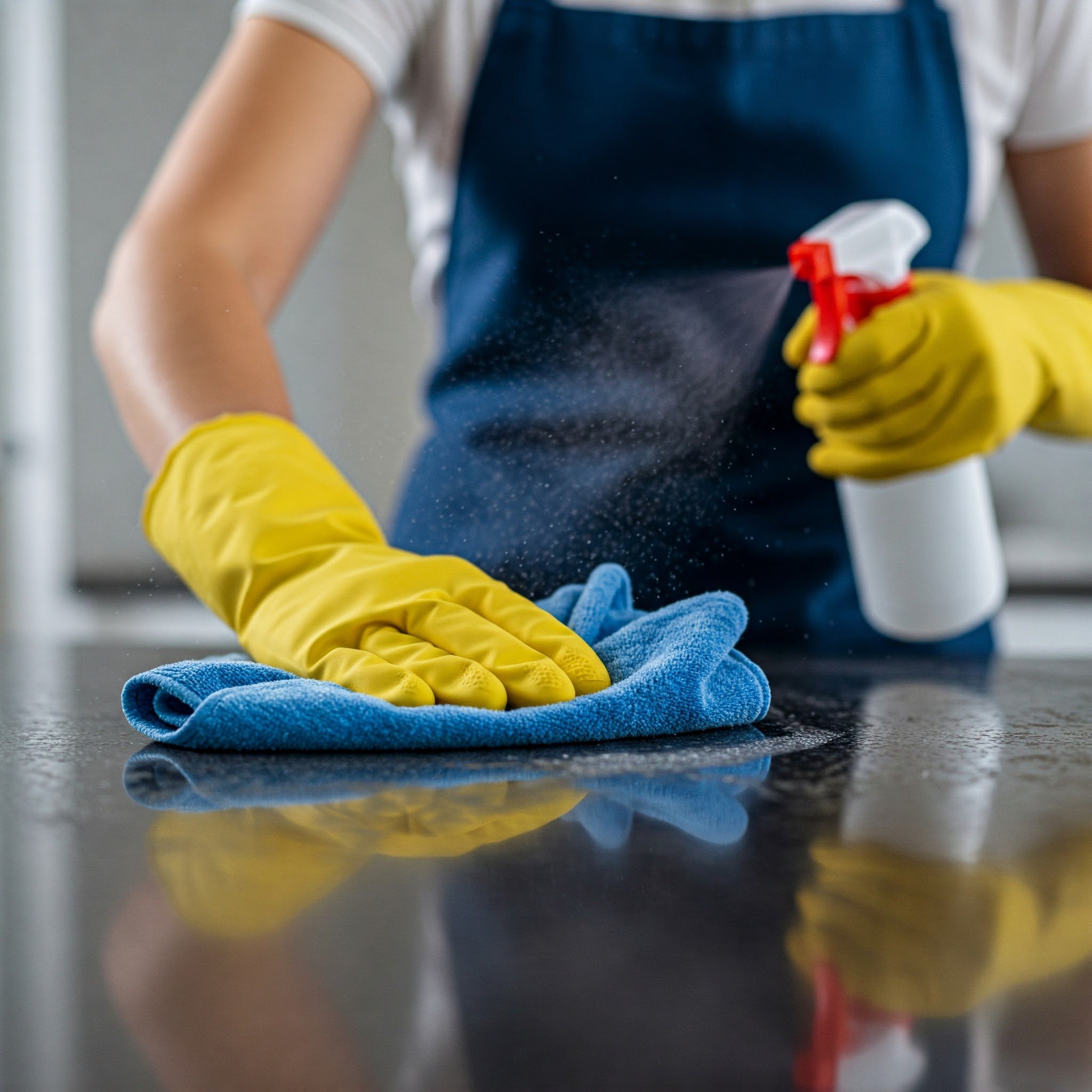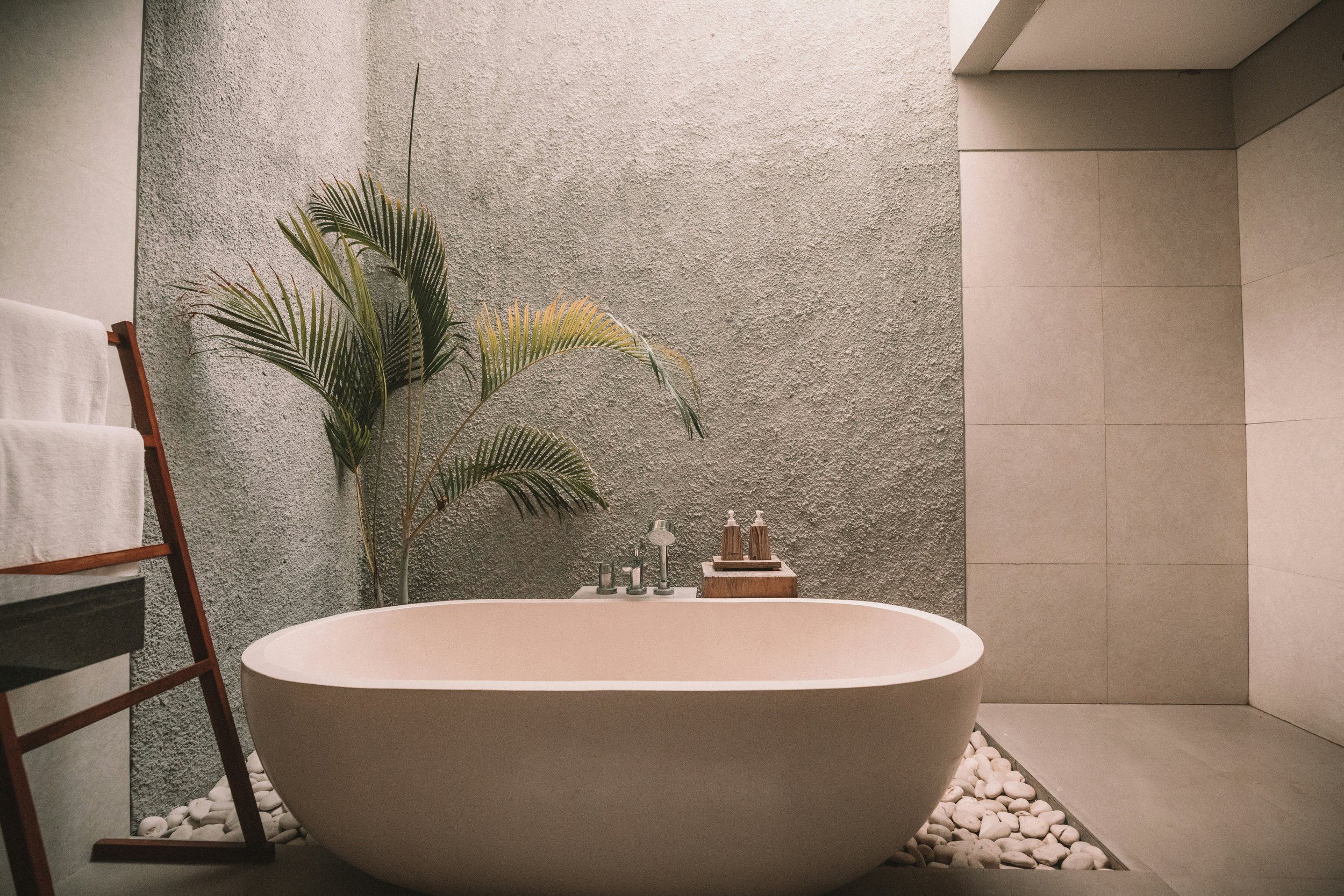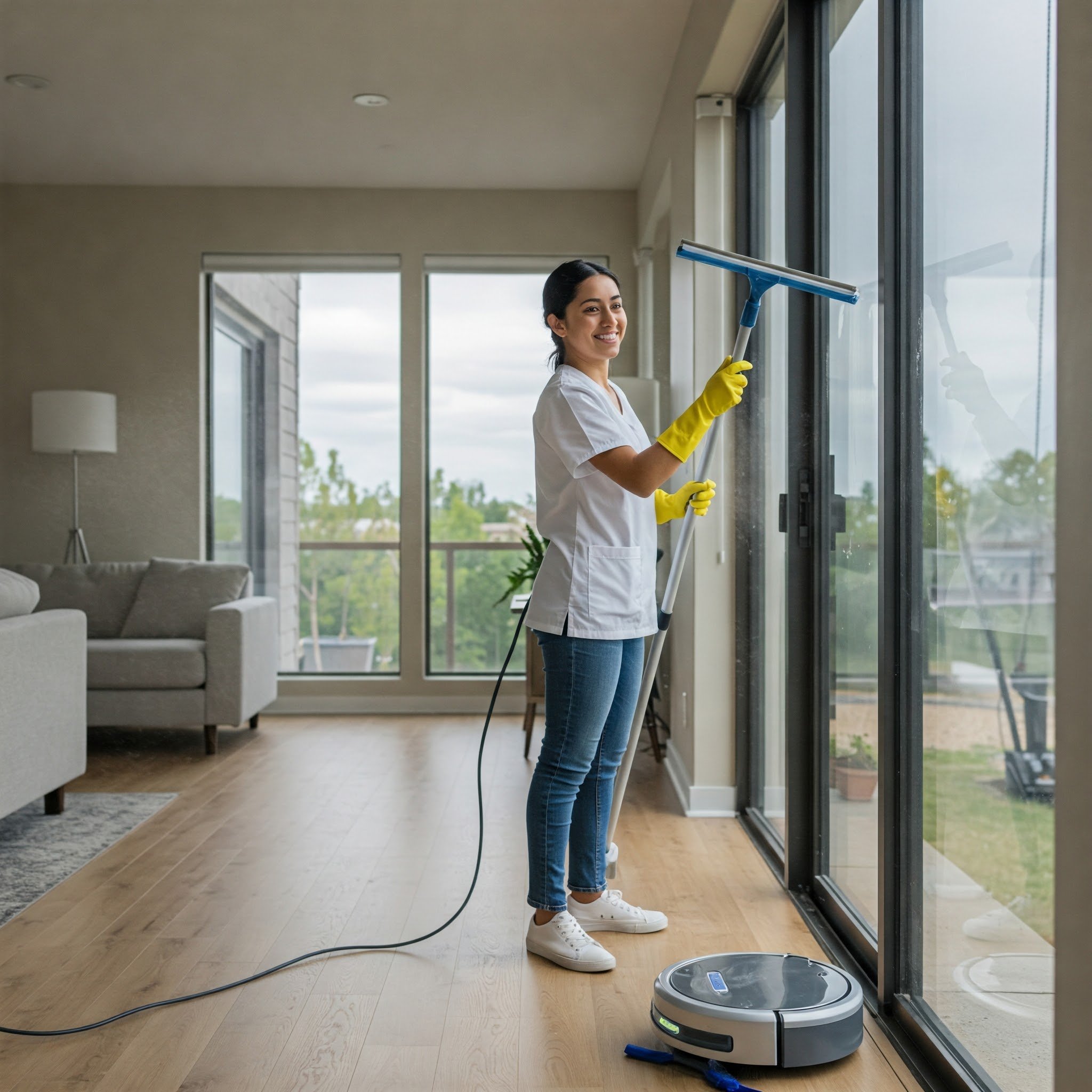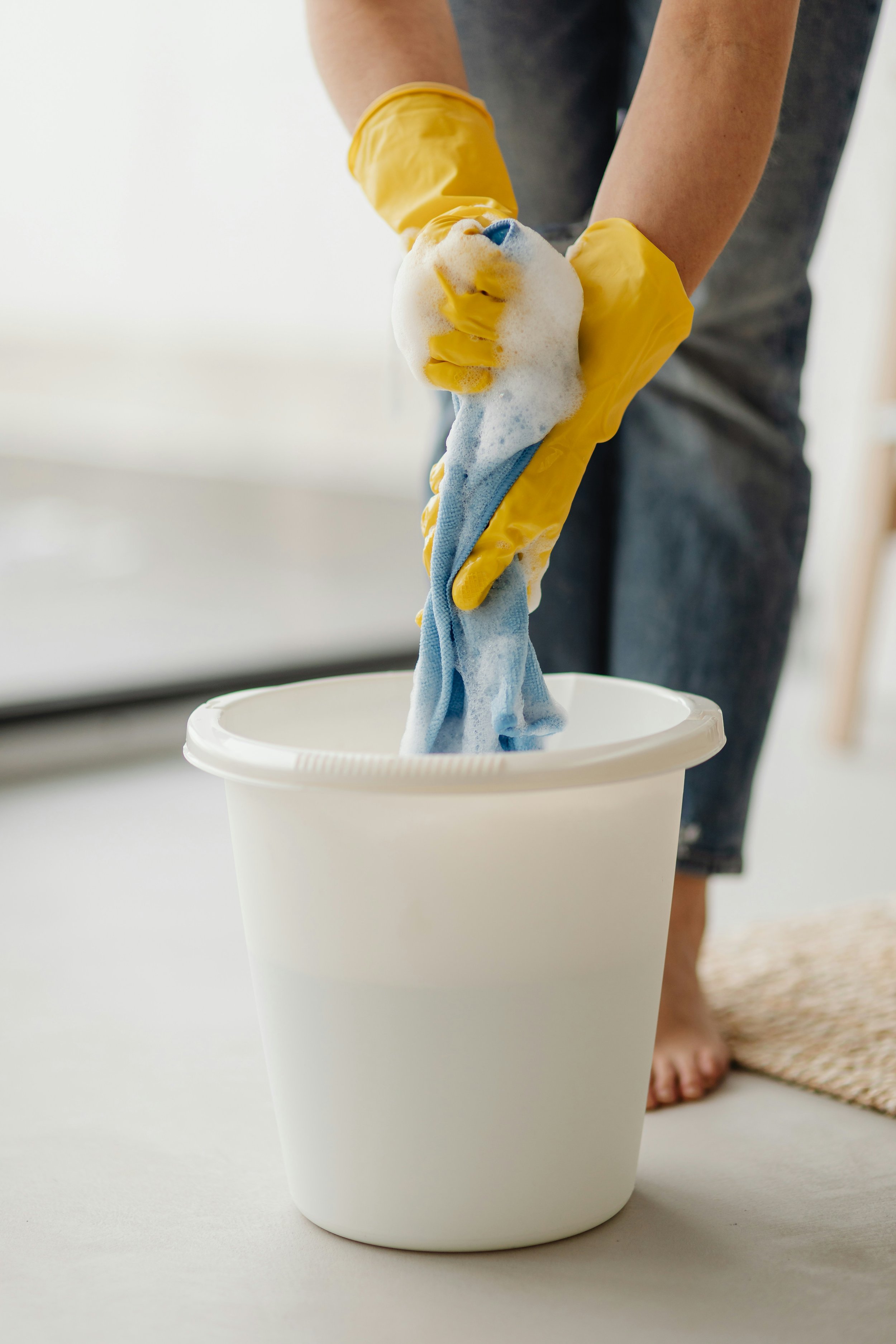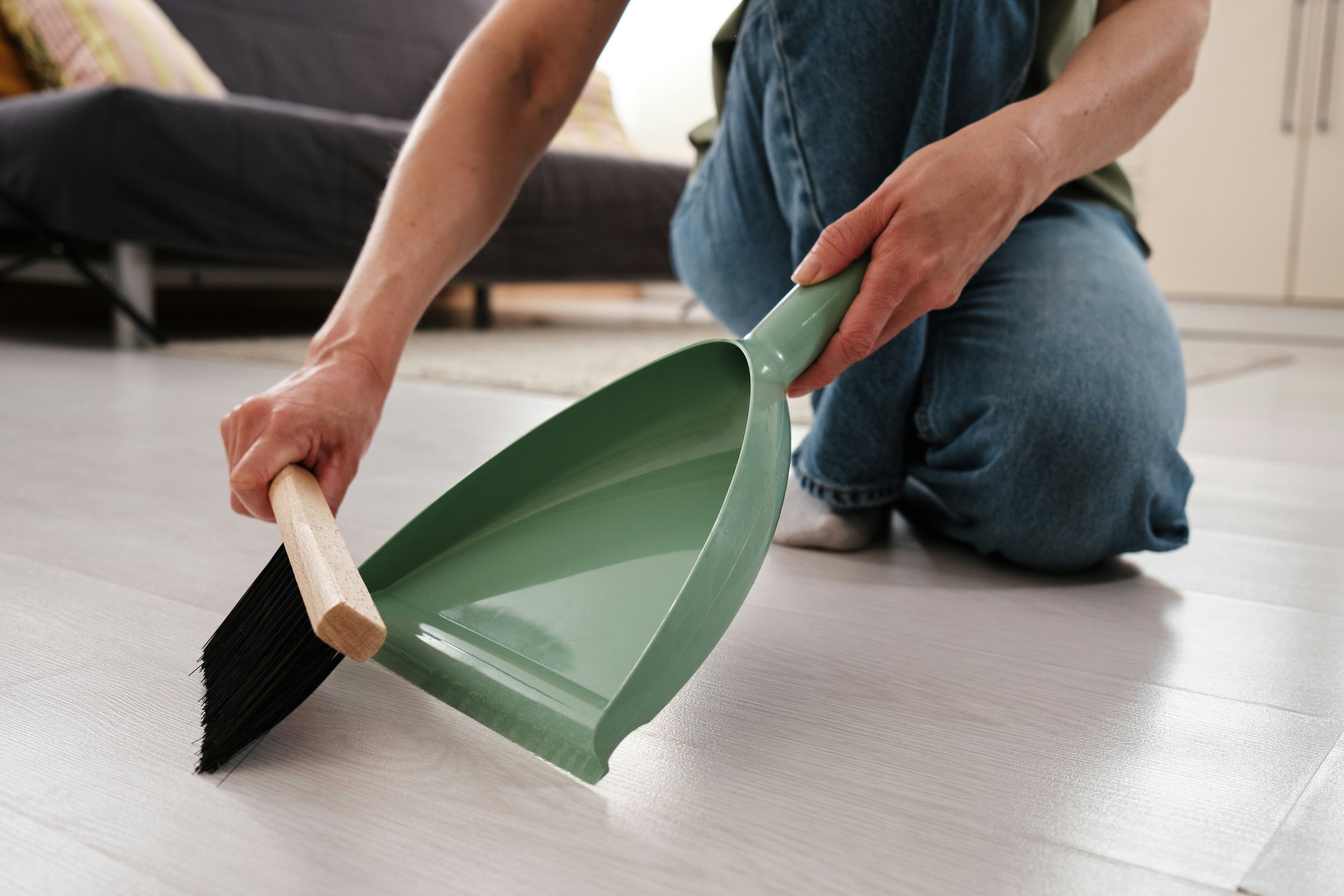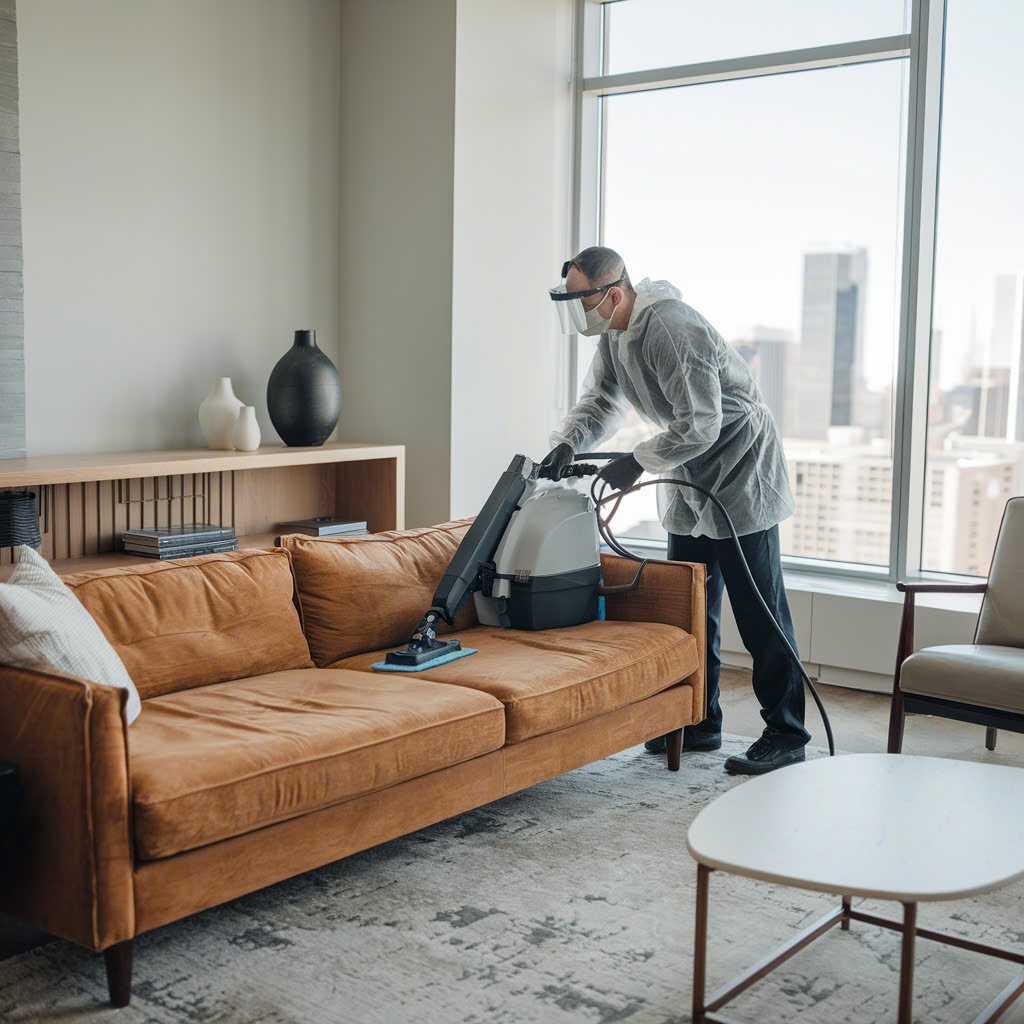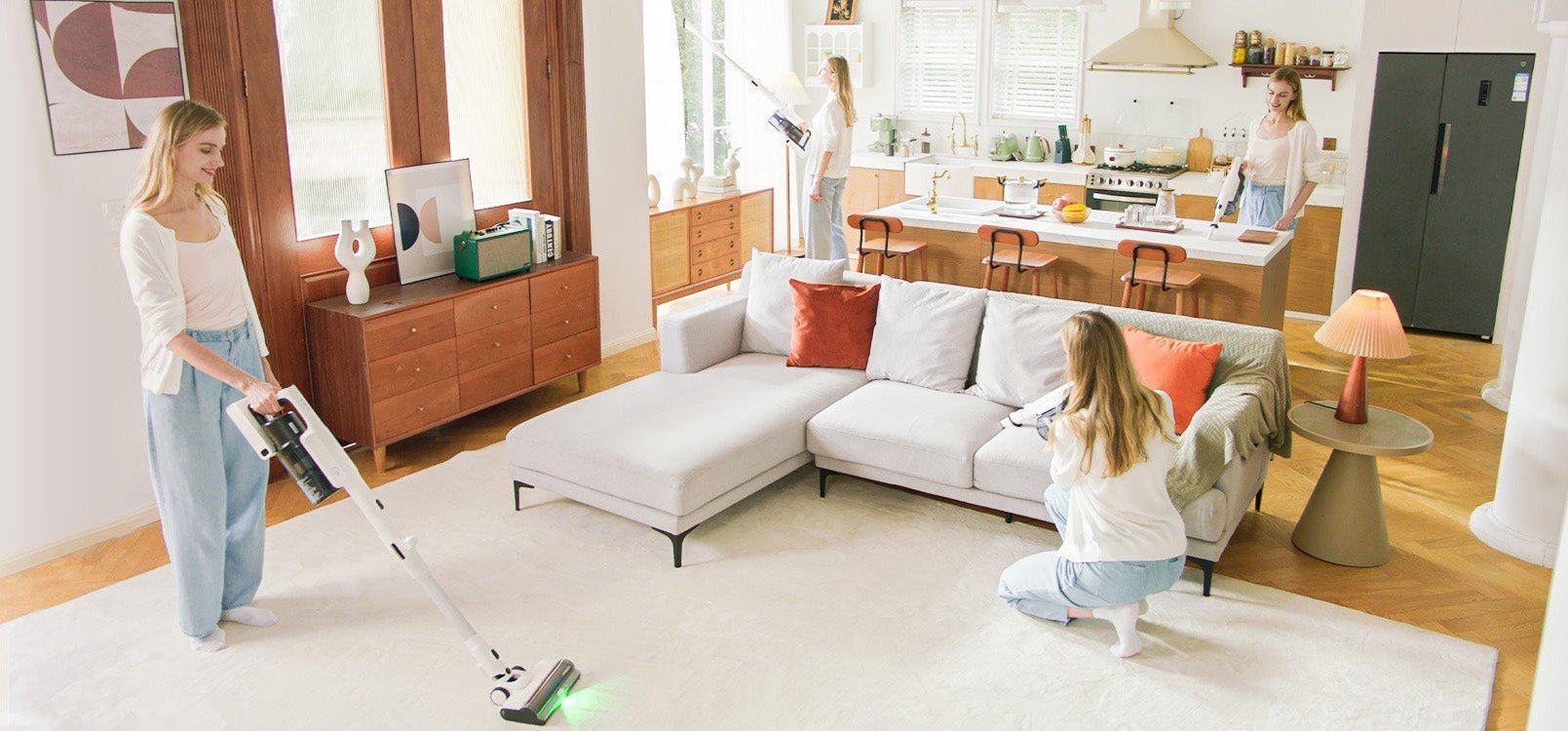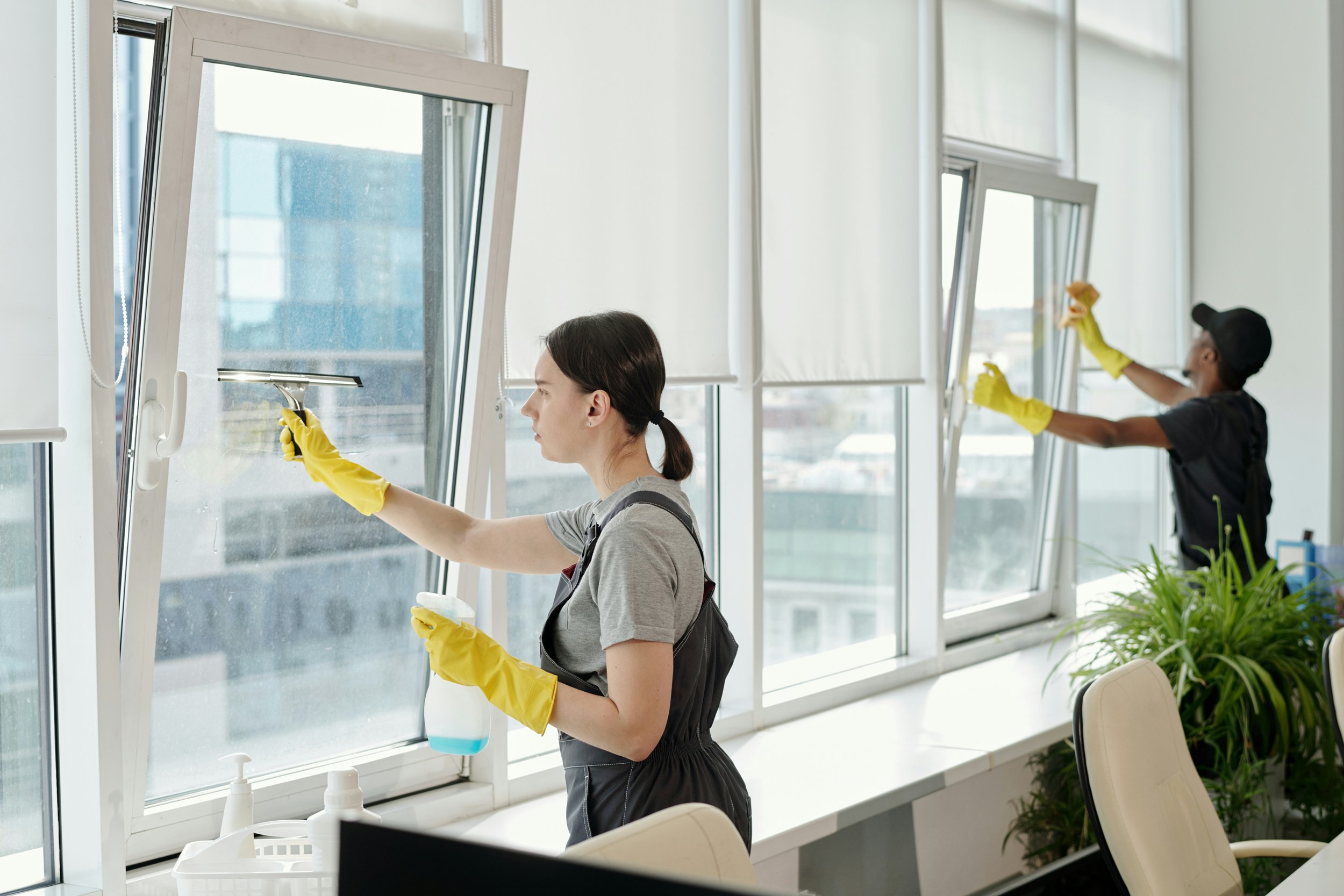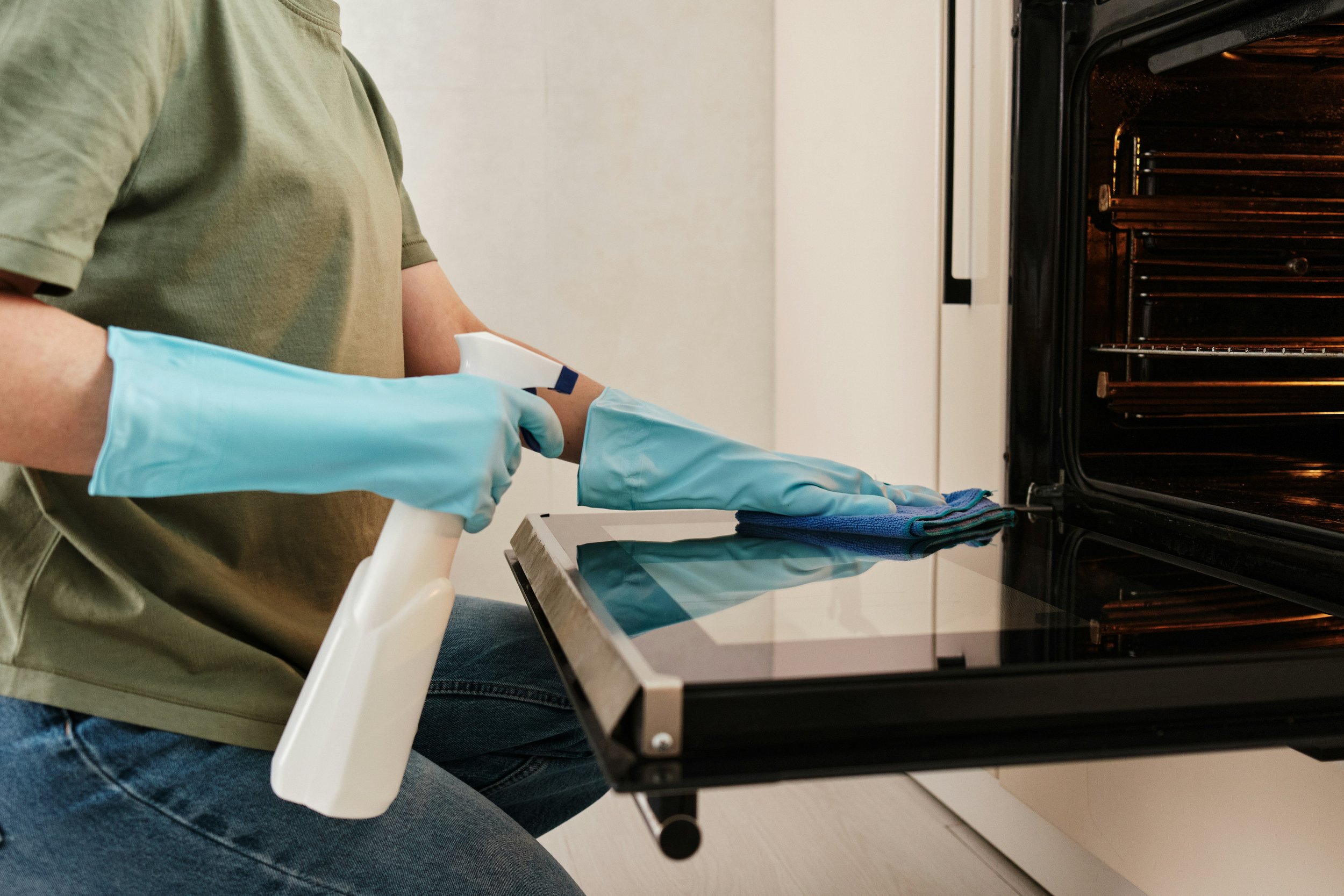Why DIY Drain Cleaning Methods Can Do More Harm Than Good
Find out why common DIY drain cleaning methods can cause damage, and learn safer, more effective alternatives to keep your plumbing in top shape.
A clogged sink or tub can feel like an urgent problem, especially when water refuses to go down or leaves behind an unpleasant smell. Many homeowners instinctively reach for household remedies—baking soda, vinegar, or a wire hanger bent into a makeshift tool. While these techniques might seem harmless or even clever, they often fail to address the real cause of the issue. Worse, some can damage your plumbing or create safety risks. For lasting, effective solutions, drain cleaning services in Seattle and other urban areas offer expert tools and knowledge that home remedies simply cannot match.
Common DIY Drain Cleaning Methods
The internet is full of advice promising quick fixes with ingredients already in your pantry or toolbox. These suggestions often appear inexpensive and simple, but their real-world impact can be limited or even harmful. Below are the most frequently used techniques—and the reasons to be cautious with each.
1. Baking Soda and Vinegar
This combination is among the most recommended “natural” solutions. The process typically involves pouring baking soda down the drain, adding vinegar, and waiting for the fizzy chemical reaction to loosen clogs.
Why it falls short:
While the foaming reaction is satisfying to watch, it rarely reaches deeper obstructions inside your pipes. This method may help with light odors or minor residue near the surface, but it won’t break through grease buildup, soap scum, or compacted hair several feet down the line. Moreover, repeated use can introduce excess sodium bicarbonate into plumbing components, leaving chalky residue that contributes to future slowdowns.
2. Boiling Water
Another commonly suggested remedy involves pouring boiling water directly into the drain to melt grease or dissolve soap residue.
The risk:
Though boiling water might seem harmless, it can crack or warp PVC piping, especially in older installations. For metal plumbing, temperature shock from repeated boiling water applications may loosen joints over time. Additionally, this method can push partially melted fats further down the system, where they cool and solidify again, often in less accessible areas.
3. Drain Snakes or Wire Hangers
Many DIYers try their hand at physical removal of debris using a store-bought snake or improvised tools like a twisted wire hanger.
The danger:
Improper technique with a drain auger can scratch the inside of pipes or puncture a soft or corroded section. Makeshift tools pose even greater risk—hooked wires can snag or break off inside the line, creating an even more difficult obstruction to resolve. If the tool bends unexpectedly during use, it may also damage your sink’s trap or cause leaks that go unnoticed until more extensive repairs are required.
4. Over-the-Counter Chemical Cleaners
Highly aggressive liquid or gel products promise to dissolve hair, grease, and food debris in minutes.
Why they’re hazardous:
These cleaners rely on corrosive chemicals like sodium hydroxide or sulfuric acid, which generate heat and fumes. They may eat through the blockage temporarily—but also degrade your pipes, especially if made from older metal or plastic materials. If the blockage isn’t cleared completely, trapped chemicals can linger in the pipe, becoming a hazard for anyone attempting future repairs or cleaning.
Hidden Costs of Quick Fixes
Relying on home-based solutions may appear cost-effective in the short term. However, the damage caused by repeated DIY attempts can lead to expensive consequences. Softened joints, internal corrosion, or trapped tools often require pipe replacement, not just cleaning. Even small missteps, like pouring the wrong substance down a sink or using too much force with a snake, can escalate into issues involving water damage behind walls or beneath flooring.
Moreover, these methods often only treat surface symptoms. A deeper obstruction, such as one caused by root intrusion or years of buildup in the main sewer line, remains untouched by baking soda or a few passes with a plastic snake.
Why Professional Help Matters
Licensed plumbing professionals don’t guess what might be causing your clogged drain—they inspect it. Using camera inspections, they locate the blockage and determine its cause before applying any treatment. When cleaning begins, they have access to high-pressure hydro jetting systems, flexible commercial-grade augers, and chemical agents formulated specifically for your pipe material and condition.
In addition to technical advantages, skilled plumbers also offer insight into the larger health of your system. They can identify warning signs of corrosion, pipe shifting, or recurring structural issues that no home remedy can resolve.
Many companies also provide non-invasive, trenchless techniques to treat blockages in main lines or buried pipes without disrupting your landscaping or flooring. This kind of precision and care simply cannot be replicated with DIY efforts.
When to Avoid DIY Completely
Certain signs should immediately rule out home remedies and prompt a call to a professional:
Multiple drains in your home backing up at once.
Gurgling sounds or bubbling water when running nearby appliances.
A persistent foul odor despite repeated cleaning attempts.
Standing water that won’t drain at all.
These symptoms often point to blockages beyond reach—or more serious plumbing issues that require expert intervention.
Instead of risking unnecessary damage or costly repairs, consider starting with a diagnostic visit. Your plumbing system will thank you—with clean, quiet, and reliable performance for years to come.


